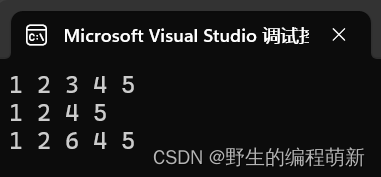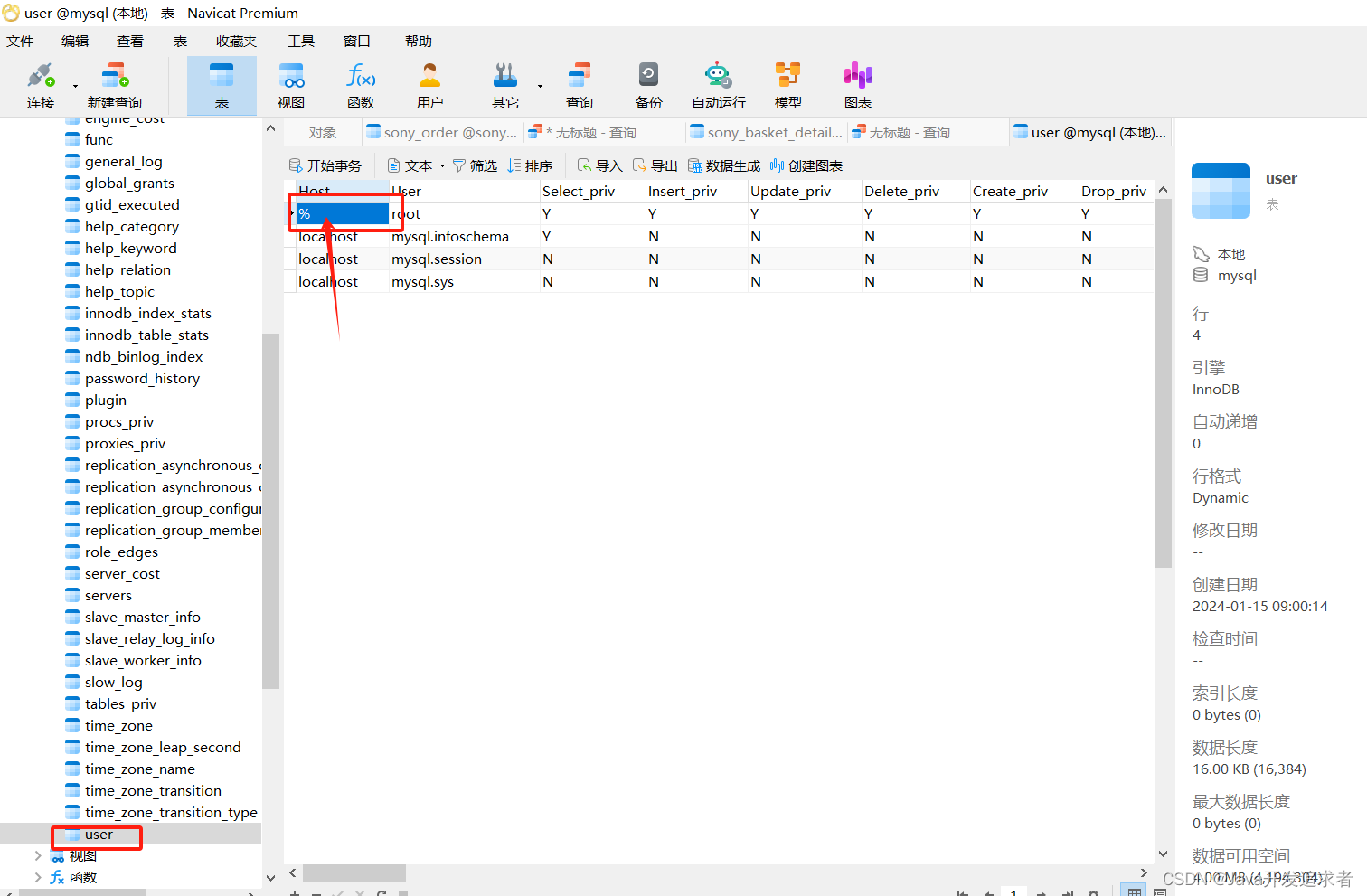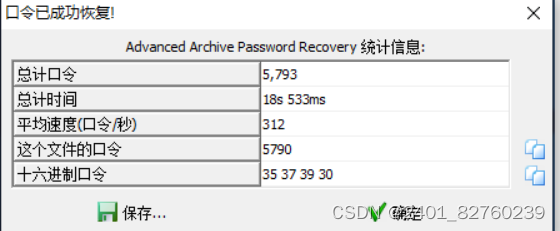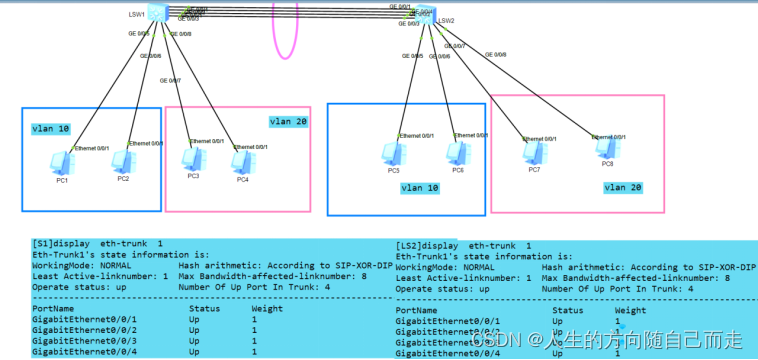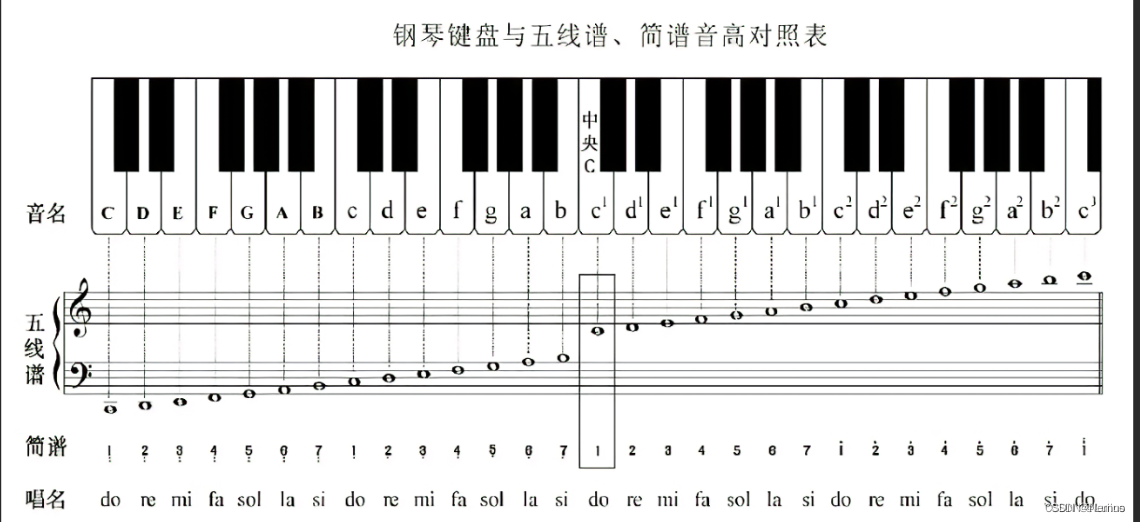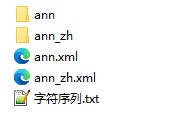一、新建工程
编译运行,确保工程无误,这里不过多赘述。

二、UI布局
添加两个播放音效Button
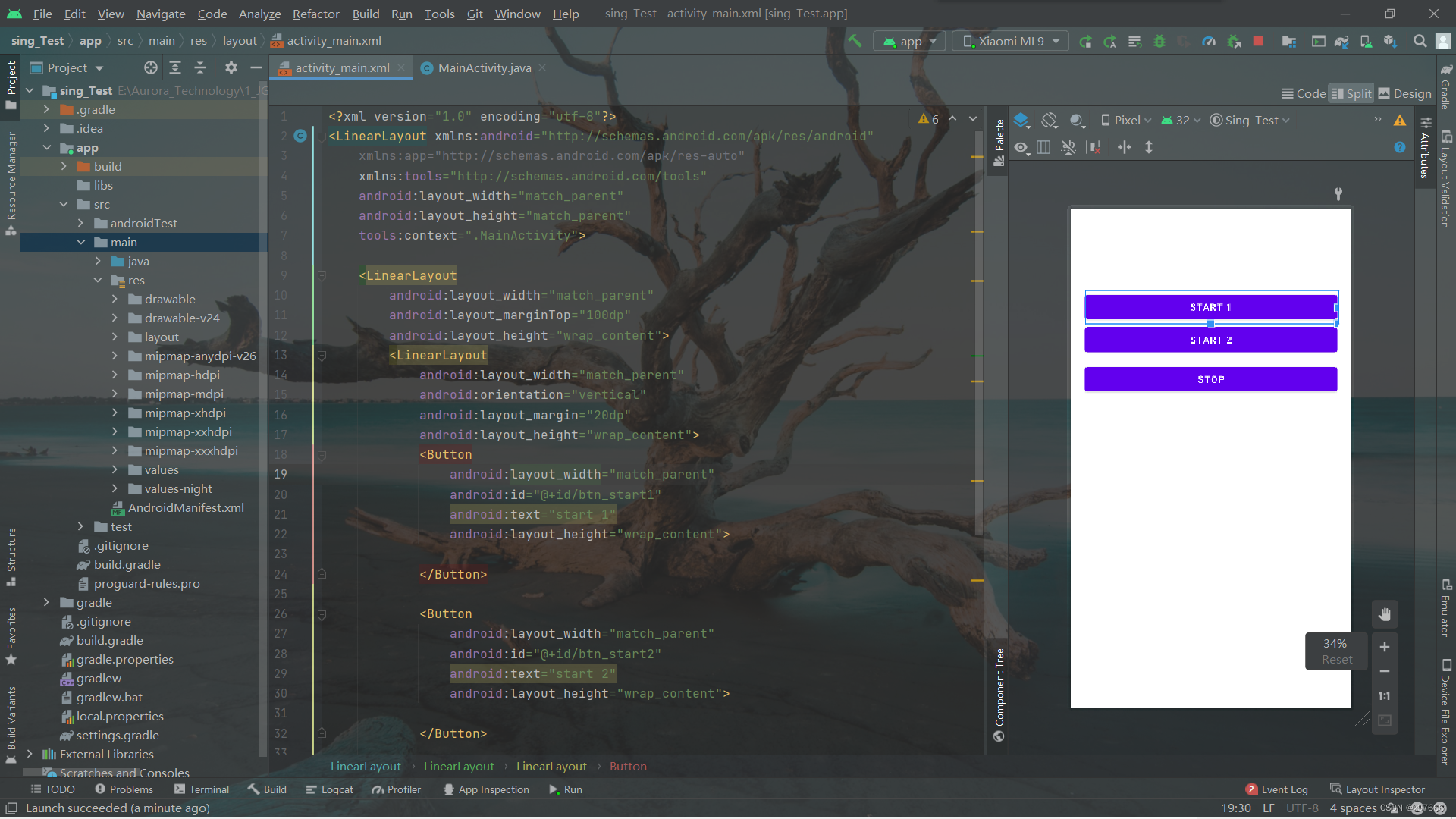
<?xml version="1.0" encoding="utf-8"?>
<LinearLayout xmlns:android="http://schemas.android.com/apk/res/android"
xmlns:app="http://schemas.android.com/apk/res-auto"
xmlns:tools="http://schemas.android.com/tools"
android:layout_width="match_parent"
android:layout_height="match_parent"
tools:context=".MainActivity">
<LinearLayout
android:layout_width="match_parent"
android:layout_marginTop="100dp"
android:layout_height="wrap_content">
<LinearLayout
android:layout_width="match_parent"
android:orientation="vertical"
android:layout_margin="20dp"
android:layout_height="wrap_content">
<Button
android:layout_width="match_parent"
android:id="@+id/btn_start1"
android:text="start 1"
android:layout_height="wrap_content">
</Button>
<Button
android:layout_width="match_parent"
android:id="@+id/btn_start2"
android:text="start 2"
android:layout_height="wrap_content">
</Button>
<Button
android:layout_marginTop="10dp"
android:id="@+id/btn_stop"
android:text="stop"
android:layout_width="match_parent"
android:layout_height="wrap_content">
</Button>
</LinearLayout>
</LinearLayout>
</LinearLayout>三、功能实现
Mainactivity.java中添加如下代码
package com.example.sing_test;
import androidx.appcompat.app.ActionBar;
import androidx.appcompat.app.AppCompatActivity;
import android.content.Context;
import android.graphics.Color;
import android.media.AudioManager;
import android.media.SoundPool;
import android.os.Build;
import android.os.Bundle;
import android.view.View;
import android.view.WindowManager;
import android.widget.Button;
import android.widget.Toast;
import java.util.HashMap;
public class MainActivity extends AppCompatActivity {
private Button btn_start1, btn_start2, btn_stop;
SoundPool sp;//声明SoundPool的引用
HashMap<Integer, Integer> hm;//声明HashMap来存放声音文件
int currStaeamId;//当前正播放的streamId
@Override
protected void onCreate(Bundle savedInstanceState) {
super.onCreate(savedInstanceState);
setContentView(R.layout.activity_main);
/* ------------------------------------------------------------------------------------- */
// 隐藏状态栏方法
View decorView = getWindow().getDecorView();
int option = View.SYSTEM_UI_FLAG_LAYOUT_FULLSCREEN
| View.SYSTEM_UI_FLAG_LAYOUT_STABLE;
decorView.setSystemUiVisibility(option);
if (Build.VERSION.SDK_INT >= Build.VERSION_CODES.LOLLIPOP) {
getWindow().setStatusBarColor(Color.TRANSPARENT);
}
// 隐藏标题栏
ActionBar actionBar = getSupportActionBar();
assert actionBar != null;
actionBar.hide();
getWindow().addFlags(WindowManager.LayoutParams.FLAG_TRANSLUCENT_STATUS);//隐藏状态栏但不隐藏状态栏字体
//getWindow().setFlags(WindowManager.LayoutParams.FLAG_FULLSCREEN, WindowManager.LayoutParams.FLAG_FULLSCREEN); //隐藏状态栏,并且不显示字体
if (Build.VERSION.SDK_INT >= Build.VERSION_CODES.M) {
getWindow().getDecorView().setSystemUiVisibility(View.SYSTEM_UI_FLAG_LIGHT_STATUS_BAR);//实现状态栏文字颜色为暗色
}
/* ------------------------------------------------------------------------------------- */
btn_start1 = findViewById(R.id.btn_start1);
btn_start2 = findViewById(R.id.btn_start2);
btn_stop = findViewById(R.id.btn_stop);
initSoundPool();//初始化声音池的方法
btn_start1.setOnClickListener(new View.OnClickListener() {
@Override
public void onClick(View view) {
playSound(1, 0);//播放1号声音资源,且播放一次
//提示播放即时音效
Toast.makeText(MainActivity.this, "播放即时音效", Toast.LENGTH_SHORT).show();
}
});
btn_start2.setOnClickListener(new View.OnClickListener() {
@Override
public void onClick(View view) {
playSound(2, 0);//播放1号声音资源,且播放一次
//提示播放即时音效
Toast.makeText(MainActivity.this, "播放即时音效", Toast.LENGTH_SHORT).show();
}
});
btn_stop.setOnClickListener(new View.OnClickListener() {
@Override
public void onClick(View view) {
sp.stop(currStaeamId);//停止正在播放的某个声音
//提示停止播放
Toast.makeText(MainActivity.this, "停止播放即时音效", Toast.LENGTH_SHORT).show();
}
});
}
private void playSound(int sound, int loop) {//获取AudioManager引用
AudioManager am = (AudioManager) this.getSystemService(Context.AUDIO_SERVICE);
//获取当前音量
float streamVolumeCurrent = am.getStreamVolume(AudioManager.STREAM_MUSIC);
//获取系统最大音量
float streamVolumeMax = am.getStreamMaxVolume(AudioManager.STREAM_MUSIC);
//计算得到播放音量
float volume = streamVolumeCurrent / streamVolumeMax;
//调用SoundPool的play方法来播放声音文件
currStaeamId = sp.play(hm.get(sound), volume, volume, 1, loop, 1.0f);
}
private void initSoundPool() {//初始化声音池
sp = new SoundPool(4, AudioManager.STREAM_MUSIC, 0);//创建SoundPool对象
hm = new HashMap<Integer, Integer>();//创建HashMap对象
//加载声音文件,并且设置为1号声音放入hm中
hm.put(1, sp.load(this, R.raw.a, 1));
hm.put(2, sp.load(this, R.raw.b, 2));
}
}res目录下添加raw目录,raw添加所需要的音频文件。
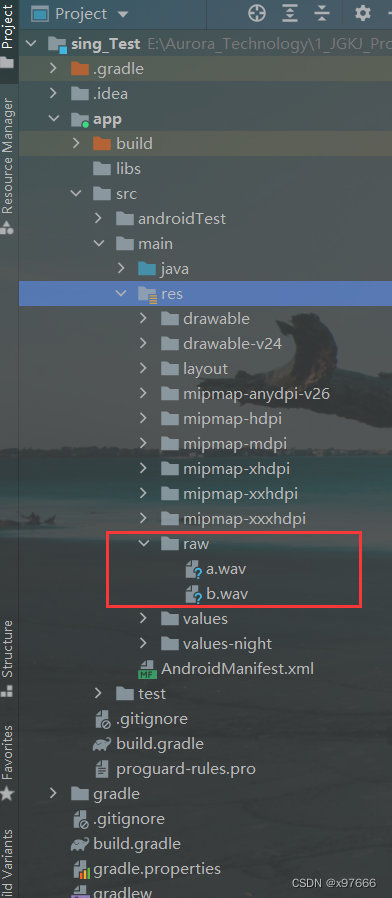
编译运行即可。
结束!


